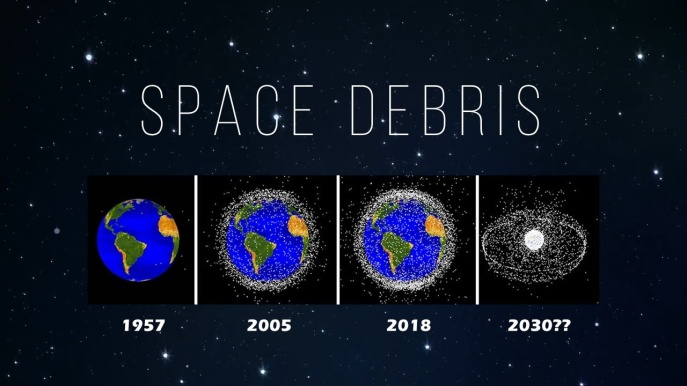Free Courses Sale ends Soon, Get It Now


Free Courses Sale ends Soon, Get It Now



Disclaimer: Copyright infringement not intended.
Context
Space Debris
Concerns
Kessler syndrome
Mitigation Measures
Initiatives taken to tackle the problem
Inter-Agency Space Debris Coordination Committee
NORAD
ClearSpace-1 Mission
ELSA-d, Mission
Starship
NEO-01’
Space Liability Convention of 1972
ISRO’s Efforts
‘Project NETRA’
Other
Closing Thoughts
MUST READ:
SPACE SUSTAINIABILITY: https://www.iasgyan.in/daily-current-affairs/space-sustainiability
© 2024 iasgyan. All right reserved